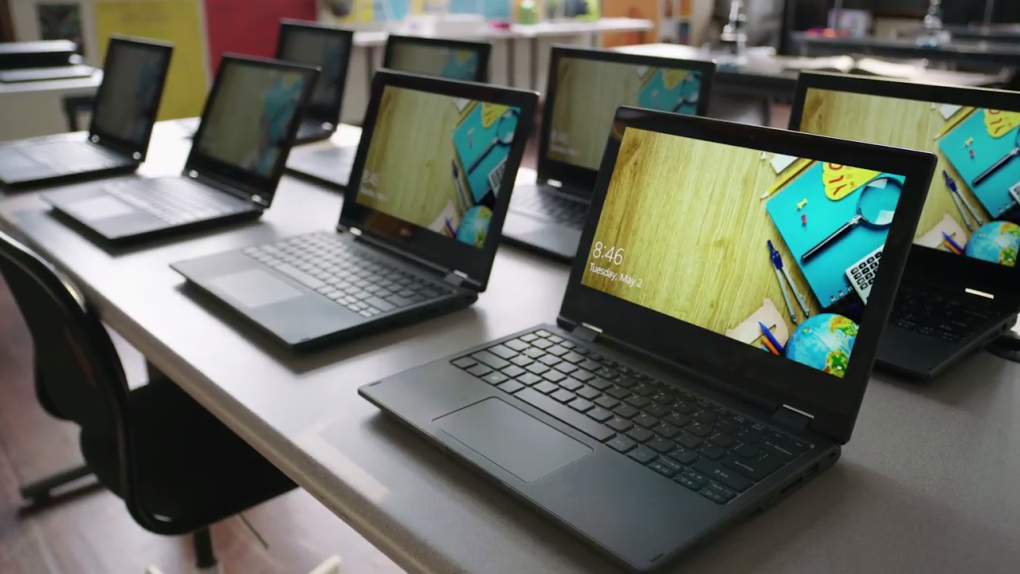One of the most annoying Windows features ever, one that lasted through many iterations of Microsoft’s popular operating system, was the prompt to safely remove a storage drive before actually yanking it out of the USB port. I know I’ve violated that rule countless times during my Windows days, mainly because it didn’t always work as intended. And I have never experienced any data loss or any other issues that should have made me realize that I should have safely removed the drive before ejecting. Going forward, Microsoft will let you remove that flash drive or external drive whenever you please, without bothering you with prompts.
The company explained it all in a support document on its website, revealing the new Quick removal setting that’s going to be the default in all Windows 10 versions starting with 1800.
The other setting is Better performance, and you can customize each external device to fit your needs.
As before, however, you should always remove a drive once you’re done copying files to or from it to prevent data loss. This has nothing to do with the way Quick removal works, it’s just common sense.
But the safe removal setting that’s been bothering many people for years isn’t just fairytale. Microsoft says that in Better performance mode, you’ll get other features that should speed up data transfers:
This policy manages storage operations in a manner that improves system performance. When this policy is in effect, Windows can cache write operations to the external device. However, you must use the Safely Remove Hardware process to remove the external drive. The Safely Remove Hardware process protects the integrity of data on the device by making sure that all cached operations finish.
With Quick Removal as a default, you’ll lose the cache disk operations features, meaning that the drive will always be ready for ejection.
It’s up to you to decide how you want to remove storage drives from your Windows phones, and you’ll find all the instructions you need for customizing them at this link.








